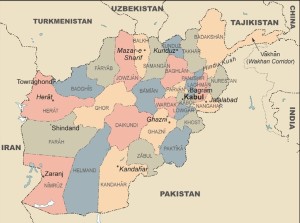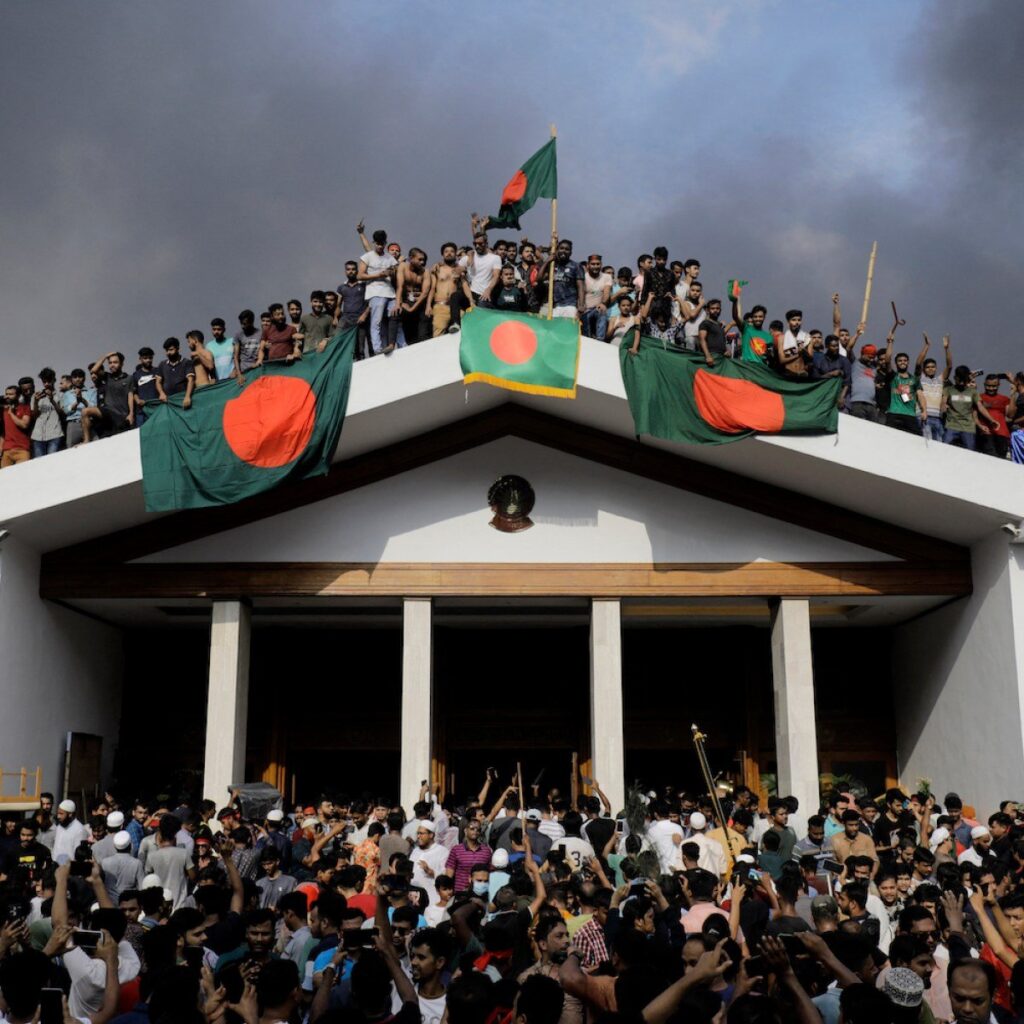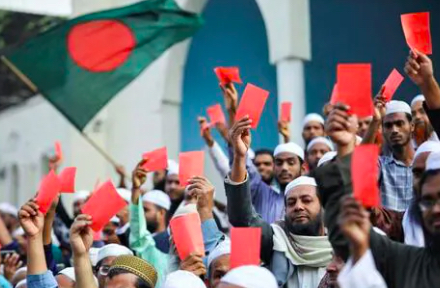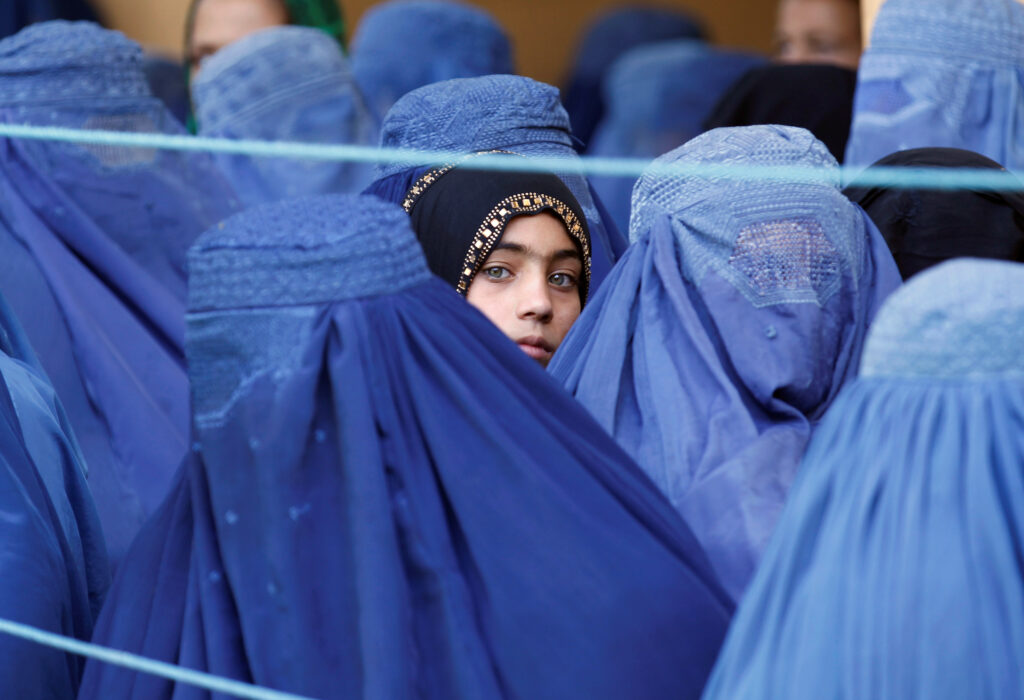MANTRAYA POLICY BRIEF#11: 1 DECEMBER 2015
V. VIDYA LAKSHMI
Abstract
Recurrent insurgent attacks and rising civilian fatalities in Afghanistan raise questions on the capacities of ANSF. The US decision to revise the withdrawal plan in the wake of the Kunduz attack has indicated the gaps in the strategic and tactical capacities of ANA in dealing with the insurgency. The domestic factors also remain a key area of concern. In this weakening security and political environment, it is conducive for the Taliban to regain its lost ground.

On 28 September 2015, some hundred Taliban gunmen took over Afghanistan’s strategically important northern city of Kunduz. Even though the insurgents vacated the town in less than a week’s time, the ‘Spring Offensive’ launched in April 2015 by the Taliban targeting the districts of Badakhshan, Kunduz and Sar-i-Pul has had serious implications on the country’s stability. This underlines the vulnerabilities of the Afghan National Security Forces (ANSF) in dealing with the insurgents when the international force strength is at its lowest in the country.
The first half of 2015 witnessed numerous attacks on the army and police checkpoints around Kunduz. By the end of May, major check-posts had been captured by the Taliban. Simultaneous attacks carried out on the Afghan Parliament in June left five civilians dead and 30 others wounded. In the beginning of August, a stream of suicide attacks was carried out on Kabul, constituting the first major militant attack on the capital under the new Taliban chief Mullah Akhtar Mansour, after the news of the Taliban leader Mullah Omar’s was confirmed by the outfit. The deadliest attack killed almost 65 people and leaving hundreds wounded. According to the United Nations Assistance Mission in Afghanistan (UNAMA) 2015 Mid-year Report, 4921 civilian causalities were reported in the first half of 2015, around 70 percent of which were caused by the insurgents. The Report on Protection of Civilians in Armed Conflict, by the Security Council Report (SCR) an independent New York based not-for-profit organisation, had suggested a 22 percent rise in civilian casualties in the year 2014, primarily in ground battles following the withdrawal of the western military forces and the combat support they provided to the ANSFs.
That the drawdown decision of the international forces was premature has reflected in statements of some key stakeholders. The Afghanistan Resolute Support Mission Commander Gen John Campbell stated before the Senate Armed Services Committee on 6 October 2015 that there is need for a greater American presence in Afghanistan and that the decision of troop reduction from 12,000 to 1000 in the year 2016 must be reconsidered. A revised plan followed. President Barack Obama, on 15 October 2015, announced 9,800 US forces will remain through “most of 2016” and some 5,500 of those troops will be stationed in 2017 continuing to focus on training and advising the Afghan Army. The decision is a reflection of the situation on the ground, where the Taliban’s grip over the northern parts of Afghanistan is gradually tightening ever since the Afghan forces have taken over the majority of security responsibilities from the NATO forces. Surfacing of the Islamic State (IS) in Afghanistan has also contributed to the new thinking. Revisiting the withdrawal plan, with all its on ground limitations, was a practical consideration.
The security responsibilities, however, ultimately are with the ANSF. An assessment of the ANSF’s performance and its management thus far does not inspire much confidence. The Special Inspector General for Afghanistan Reconstruction (SIGAR) report 2015 suggests that out of $110 billion the US spent on Afghanistan’s post-war reconstruction, $60.7 billion have been spent on equipping, training and sustaining the ANSF. According to the NATO Resolute Mission, the strength of ANSF personnel, as of February 2015 is 321,709 of which 167,024 personnel are assigned to Afghan National Army (ANA) and 154,685 assigned to the Afghan National Police (ANP). However, there is little or no physical verification of these numbers. Lack of daily attendance and control over the payroll processes, as indicated by the SIGAR report mean that a significant number of ANP officials are ‘ghost police’, with commanders fabricating the ranks in records in order to receive their salaries. SIGAR’s quarterly report published in January 2015 had further indicated a decline in the number of ANA members by more than 8.5 percent since February 2014. Attrition remains a major challenge. More than 40,000 personnel have dropped out of ANA rolls between September 2013 and September 2014. Training is still inconsistent across the ANSF units making sustainability a critical operational issue. SIGAR John Sopko speaking in the wake of the September 2015 Kunduz attack, had raised valid concerns over the reconstruction challenges in Afghanistan. He had stated that “without basic security, it was almost impossible to carry out and sustain reconstruction efforts.”
The ANA, the most celebrated example of institution building in Afghanistan, is laden with several challenges. Critical high-end capability gaps have been identified in aviation, intelligence and special operations in General Campbell’s report to Armed Services Committee. Since the Afghan Air Force is still inadequate to provide the required air support, the ANA remains dependent on the NATO forces for air-strikes. At present only four Russian built Mi-17s are made available to each of the six ANA Corps, which are employed for daily logistics supply and VIP transport. The ANSF also uses Mi-24/35 attack helicopters but they are hardly operational. Although as per plans, the Mi-35 will be replaced by the Brazilian-made A-29 Super Tucano fixed wing aircrafts designed for counter-insurgency operations, only a few of these aircrafts will be made available in 2016 and majority of it can be only accessed in 2017 and 2018. Around 16 MD-530 scout helicopters are involved in the combat operations but they cannot operate above an elevation of 7,000 to 8,000 feet, which substantially reduces the area which can be patrolled. Even though Afghanistan is due to receive four Mi-25 (Mi-24D), close-air support helicopters to provide ground forces air cover, from New Delhi after the latter stepped up its engagement, filling the capability gaps remains a major challenge.
Challenges posed by the insurgents, despite the fractures developing within the Taliban after Mullah Mansour took over, are further exacerbated due to a host of domestic factors. Though there is a functioning democracy, the political transition in the country has been turbulent. There is a reported competition between President Ashraf Ghani and the CEO Abdullah Abdullah over important appointments of governors in major provinces. Elections have allegedly remained platforms for patronage politics and instruments for rivalry within ethnic groups to claim a share in power. Corruption remains an unattended issue continuing to take a toll on the economy and development of the country. Whether these continuing infirmities in the security, economy and political sectors are gradually preparing the ground for a Taliban comeback, thus, remains a critical question.
(V. Vidya Lakshmi is a project intern with MISS and is a researcher with Mantraya’s ‘Mapping Terror and Insurgent Networks’ project. Opinions expressed here are those of the author.)




